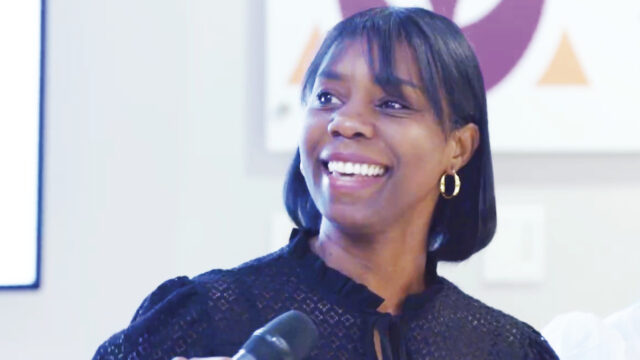
Every international school in which I’ve done a residency has placed a special emphasis on developing students’ writing skills. The educators in these schools understand that, as Tony Wagner discusses in his book The Global Achievement Gap, written communication is a “21st-century survival skill” that students need to learn to do well and succeed in school, at work, and in their roles as citizens of the global community.
One of the biggest challenges that international schools face with writing instruction is the amazing diversity of the students who populate their classrooms. How do we meet the needs of every student—whether they’re students who have rich prior experiences with writing, or almost none at all? Who come with a passion for writing, or a reluctance to write? Who may need learning support, or who are learning to write in English for the first time?
While international schools have been adopting state-of-the-art writing curriculums or designing curriculum themselves, the writing instruction presented in these curriculums still needs to be differentiated for the diverse students in international classrooms. To do this, teachers for Grades K–8 need to develop their conferring skills. Because writing conferences are one-to-one conversations with students, they give us the crucial opportunity to meet each student’s individual needs as writers.
What is a writing conference?
Traditionally, when a teacher has sat with a student to discuss their writing, the teacher’s role has been one of “editor”—that is, the teacher has corrected the errors in a student’s writing as the student looks on. The focus in these interactions has been making the students’ writing better.
A writing conference is a very different kind of interaction. The focus of a writing conference is to teach the student to be a better writer. To do this, the teacher teaches one writing skill—a strategy for navigating a stage of the writing process, a craft technique, or a writing convention—that the student will practice in their current piece of writing. The goal is that they will be able to do it on their own in the future.
What should a writing conference look and sound like?
- We sit at eye level next to students at their seats or at a “conference table.”
- We adopt a curious, personable tone of voice.
- We have a “give-and-take,” “writer-to-writer” conversation with students in which they talk about what they are doing as writers, and we talk about what writers do that they can try themselves.
- We use active listening strategies, such as asking open-ended questions, giving wait time, and reflecting back what we hear students say.
Video: Courtesy of Heinemann
How do we differentiate instruction in a writing conference?
Conferences have three parts, each of which helps us meet students’ specific needs as writers. In the first two parts, we gather information by listening to students talk about their writing and reading their writing. This helps us differentiate our teaching in the third part.
Part 1: We begin conferences by discovering what students are doing as writers.
We start by asking students a question like “How’s it going?” or “What are you doing as a writer today?” We invite them to talk about where they are in the writing process and the kind of writing work they’re doing at that stage (for example—planning a piece, writing with detail, revising by reworking the lead, or editing for spelling). By beginning in this fashion, we hope to make the conversations about the students, where they are as writers, and their needs. Students will respond by explaining what they think they’re doing well or what kind of problems they’re having. Once students have let us know what they’re doing as writers, this becomes the agenda for the conference, and we’ve taken the first step toward differentiating instruction for them.

Part 2: We assess how well students are doing their writing work and decide what to teach them.
Once we know what students are trying to do as writers, we look at their writing and see how well they’re doing their work. Since students are going to have varying understandings of how to do any kind of writing work, this assessment is key to deciding exactly what to teach the students—and differentiating the conference.
Part 3: We teach powerfully.
In the final part of a conference, we teach students how to do their writing work better. In comparison to a mini-lesson, which presents information about writing in a general way to the whole class, we shape conference teaching points to the specific needs of each learner.
We do this first by giving each student individualized writing feedback about what’s going well in their writing and naming the next step we think they should take as a writer. Then, we teach the student using a mentor text or by demonstrating a writing strategy that shows the student that exact next step. Finally, before we send the student off to try out what we taught them, we have the student attempt what we taught and coach them through it.

Of all the different kinds of teaching we do in writing workshops—mini-lessons, small groups, and conferences—it’s the conferences that make the biggest difference in moving students forward as writers. It’s in conferences that we get to know students as writers and can best differentiate our teaching to meet students’ individual needs.
The views expressed in this article are those of the author and do not necessarily represent those of HMH.
***
Guide students in Grades 3–12 through the writing process with Writable. Students are given feedback in real time to guide their writing, while saving teachers time on instruction and grading.
This blog, originally published in 2019, has been updated for 2025.
Get our free guide to differentiated instruction.
Related Reading

Ms. Madge Alexandre, Miami-Dade reading teacher and Read 180 user















